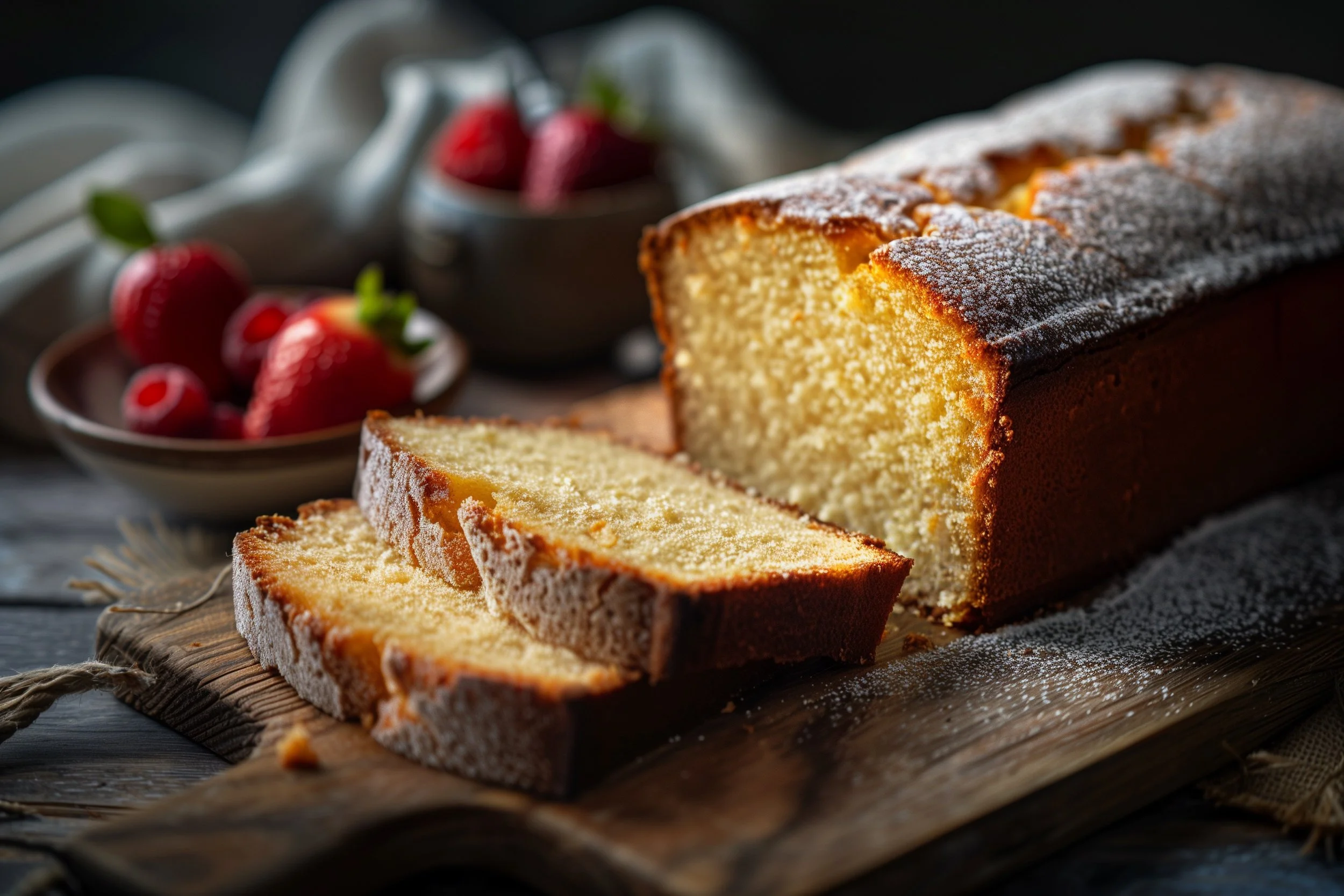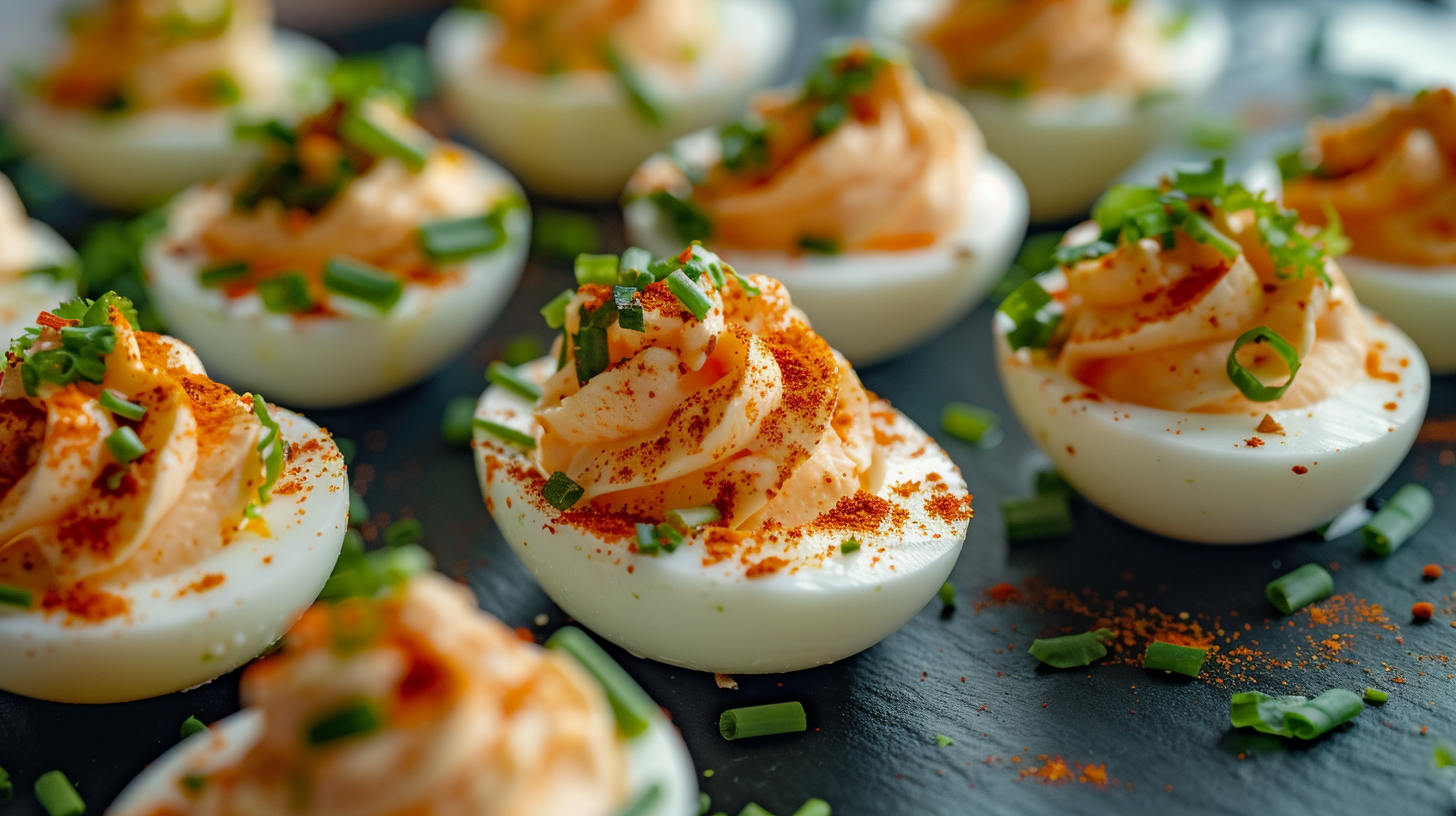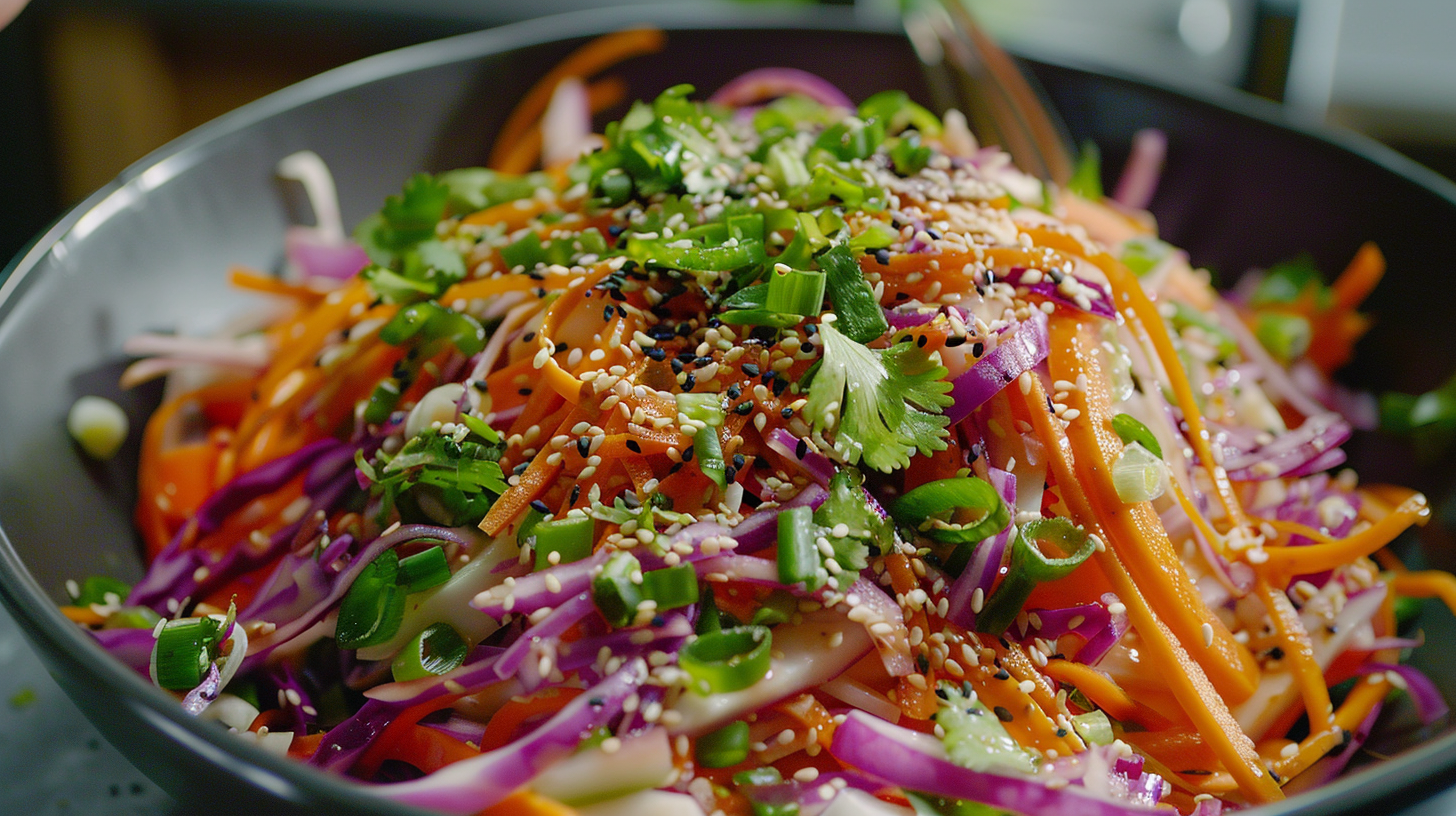The Ultimate Baking Ratio with the 1-1-1-1 Pound Cake Recipe
Yield:
Serves approximately 8-10 people
Prep time: 20 minutes
Cook time: 60 minutes
Total time: 80 minutes
Today, I'm excited to share with you a culinary gem that stands as a testament to the power of precision in baking—the 1-1-1-1 Pound Cake. This classic recipe not only tastes good but is fundamental to how ratios can elevate your cooking game.
The Essence of Ratios in Baking
In baking, ratios are not just numbers; they're the building blocks to recipes and methods. They guide us in creating the base of ingredients that lead to perfect outcomes every time. The pound cake, with its straightforward 1:1:1:1 ratio of butter, sugar, eggs, and flour, serves as an ideal example. It demonstrates that when you master the basics, you unlock a world of culinary creativity. Plus the original recipe was one pound of each ingredient. It’s really hard to forget.
What You'll Need:
Before we dive into the alchemy of baking this delightful cake, ensure you have the following tools and ingredients ready:
A 9x5 inch loaf pan
Electric mixer (stand or hand)
Mixing bowls
Measuring cups and spoons
Sifter
Oven thermometer (optional)
Ingredients:
225 grams (1 cup) high-quality unsalted butter, softened (plus extra for greasing)
200 grams (1 cup) granulated sugar
25 grams (2 tablespoons) brown sugar
4 large eggs, at room temperature
225 grams (1 cup) cake flour (plus extra for dusting)
1 teaspoon vanilla extract (or almond extract, or citrus zest for variation)
1/2 teaspoon baking powder (optional)
1/4 teaspoon salt
Cooking Instructions:
Prepare the Oven and Pan:
Turn on the oven and set it to 175°C (350°F). Greasing the pan with butter and dusting it with flour creates a non-stick surface, helping your cake release easily after baking.
Creaming Butter and Sugar:
Using an electric mixer, beat the softened butter and both sugars in a mixing bowl until the mixture becomes very pale, fluffy, and light. This process, which may take several minutes, is crucial for introducing air into your batter, leading to a lighter cake.
Incorporating Eggs:
Add eggs one at a time, mixing well after each addition to ensure they're thoroughly blended into the mixture. Room-temperature eggs blend more easily and contribute to a smoother, more uniform cake texture.
Sifting and Mixing Dry Ingredients:
Sifting the cake flour with baking powder (if using) and salt not only prevents lumps but also aerates your flour, contributing to a lighter crumb in the finished cake.
Combining Ingredients:
Alternately adding dry ingredients and eggs to the creamed mixture prevents the batter from becoming too heavy or dense. This method helps preserve the air you've incorporated, ensuring a tender cake.
Adding Flavor:
Incorporate your chosen extract or zest thoroughly into the batter to ensure the flavor is evenly distributed throughout the cake.
Baking:
Pour the batter into the prepared pan, smoothing the top. Bake until a toothpick comes out clean or the cake springs back when touched lightly, indicating it's done.
Cooling:
Let the cake cool in the pan on a wire rack before removing it. This step allows the cake to set, making it easier to slice and preventing the bottom from becoming soggy.
Expanded Extra Cooking Tips:
Butter and Sugar Creaming: The goal is to incorporate as much air as possible into the butter, which helps the cake rise and become fluffy. Don't rush this step; thorough creaming is key.
Egg Temperature: Cold eggs can harden the butter, leading to a less cohesive batter. Room temperature eggs mix in more smoothly, enhancing the cake's texture.
Flour Type and Mixing: Cake flour has less protein than all-purpose flour, leading to less gluten formation and a tender cake. Add the flour mixture in stages to avoid overmixing, which can develop gluten and result in a tough cake.
Oven Calibration: An accurately heated oven ensures your cake bakes evenly. If you suspect your oven runs hot or cold, an oven thermometer can provide an exact temperature reading.
Baking Position and Checking for Doneness: Centering your cake in the oven promotes even baking. Use the toothpick test and the spring-back test to check for doneness; the cake should not jiggle, and the surface should spring back when pressed gently.
Cooling Process: Allowing the cake to cool in the pan for about 10-15 minutes helps it set. Overcooling in the pan can cause condensation, leading to a wet bottom.
Serving: A glaze or icing can add sweetness and a finished look to your pound cake. Pairing it with fresh fruit or cream can balance the flavors and add a refreshing touch.
The Power of a Basic Ratio
The 1-1-1-1 Pound Cake is more than just a recipe; it's a testament to the beauty of baking with ratios. Understanding and mastering this basic principle allows you to create a myriad of variations, adapting this classic recipe to suit your taste and occasion.
Please remember that ratios are the starting blocks to recipes, if you noticed that the amounts were not the same as the ratio; I’ve adjusted some of the measurements to fit my taste buds and preferences. The initial ratio was my starting block for this particular recipe.
So embrace experimenting with confidence, and let ratios be your starting block for new recipes you will create.
I'd love to hear if you made this pound cake! Comment below, leave a review, and don't forget to tag me on social media @the_eugefood with your delicious creations. Happy baking!
You’ll Also Love These
Hi, I'm Eugene, but many of you might recognize me as "The_EugeFood". With over two decades working in diverse kitchens, I've come to cherish the genuine connections and shared experiences that cooking brings. For me, it's not about the high-pressure, competitive world you see on TV. It's about the joy of gathering around a table, the stories shared over simmering pots, and the laughter that follows a shared meal. I'm here to demystify the culinary world, to show you that if you can boil water for cup noodles, you're already on your way. Cooking isn't just a skill; it's a journey of discovery, and I invite you to join me on this adventure to becoming a better cook.









